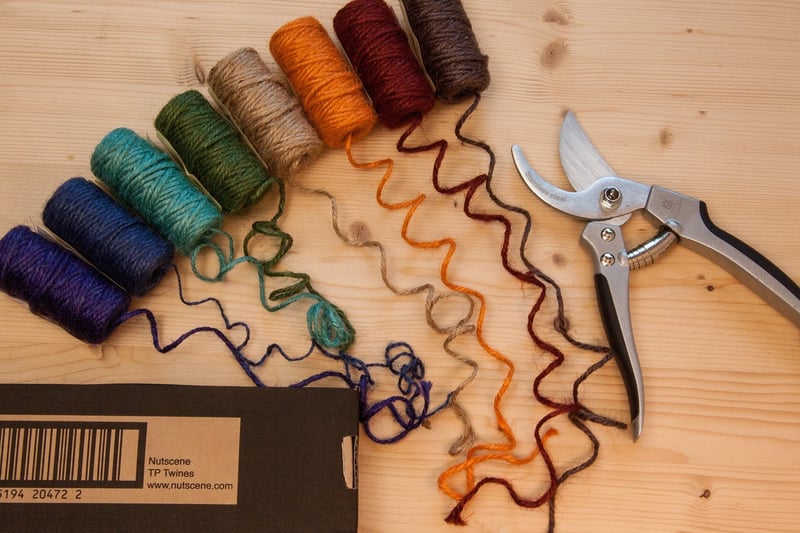Pruning Guide
Keep Your Garden Healthy with Proper Pruning
Pruning is an essential gardening task that not only helps maintain the aesthetic appeal of your garden but also promotes plant health and growth. Proper pruning can stimulate flowering, fruit production, and overall plant vigor. Here's a comprehensive guide to help you master the art of pruning and keep your garden thriving.
Benefits of Pruning
Pruning offers various benefits for your garden, including:
- Promoting plant growth and vigor
- Shaping plants for better aesthetics
- Removing dead or diseased branches to prevent the spread of infections
- Improving air circulation and sunlight penetration
- Stimulating flower and fruit production
Basic Pruning Tools
Before you start pruning, make sure you have the following essential tools:
- Pruning Shears
- Loppers
- Pruning Saw
- Gloves
- Sterilizing Solution (to disinfect tools between plants)
General Pruning Tips
Follow these general tips to ensure effective and safe pruning:
- Prune during the plant's dormant season, typically late winter or early spring.
- Remove dead, damaged, or diseased branches first.
- Identify and cut back crossing or rubbing branches to prevent damage.
- Make clean cuts at a 45-degree angle just above a bud or lateral branch.
- Step back regularly to assess the plant's overall shape and balance.
Specific Pruning Techniques
Depending on the type of plant, you may need to use specific pruning techniques:
- Heading: Cutting back the tips of branches to encourage branching and bushier growth.
- Thinning: Removing entire branches to improve light and air circulation.
- Deadheading: Removing spent flowers to promote new blooms.
- Crown Thinning: Removing inner branches to allow more light and air into the center of the plant.
Conclusion
Pruning is a vital skill for any gardener looking to maintain a healthy and visually appealing garden. By following the right techniques and using the proper tools, you can ensure that your plants thrive and flourish throughout the growing season.
Remember, each plant species may have specific pruning requirements, so it's essential to research individual plants before pruning. With practice and patience, you'll become adept at pruning and contribute to the overall well-being of your garden.
Happy pruning!

